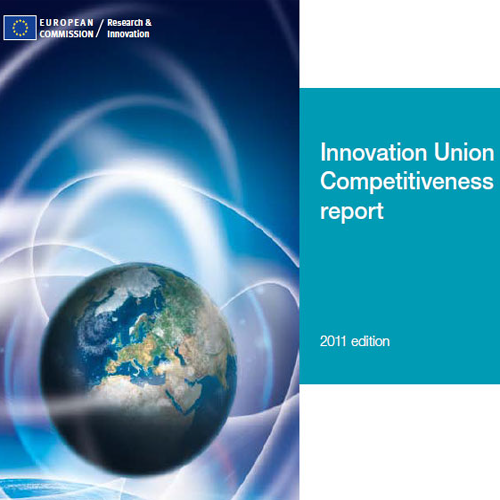Current Research Focus
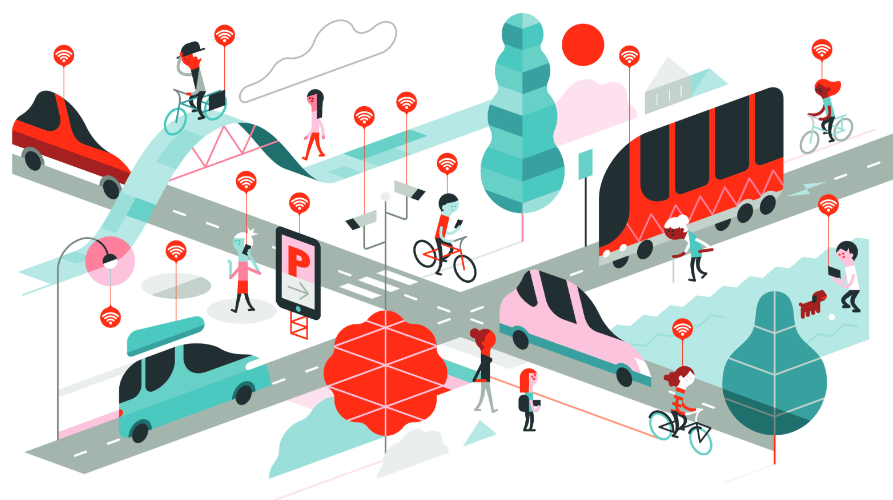
Trajectory Data Mining
- 2017 - present
- Data Mining, Graph Mining, Trajectory Mining, Machine Lerning, Algorithms
Advances in location acquisition and tracking devices have given rise to the generation of enormous trajectory data consisting of spatial and temporal information of moving objects, such as persons, vehicles or animals. The primary focus of our research is on discovery of network patterns and dynamics through mining trajectory data streams. This describes a special type of trajectory mining task that seeks to efficiently discover pair-wise relationships (interactions) among moving objects over time. Mining trajectory data streams to find interesting network patterns is of increased research interest due to a broad range of useful applications, including analysis of transportation systems and location-based social networks.
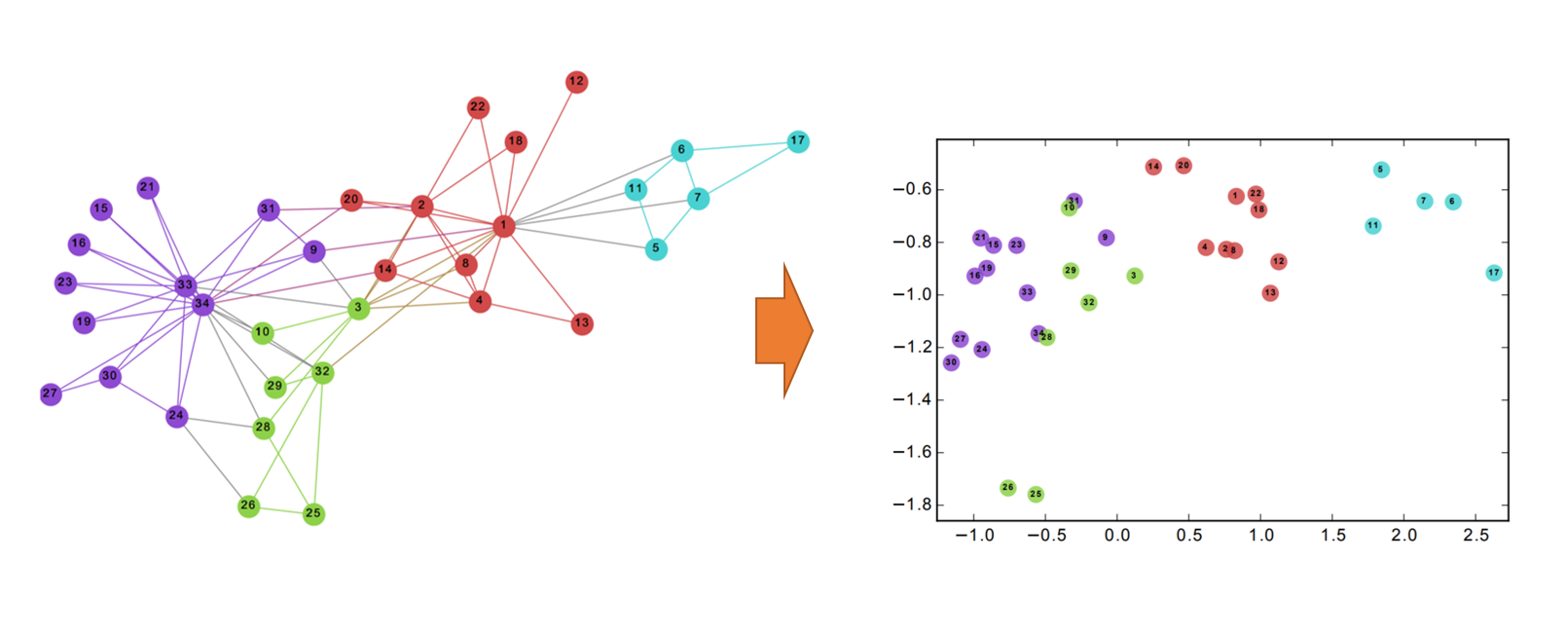
Network Representation Learning
- 2017 - present
- Data Mining, Graph Mining, Representation Learning, Machine Lerning, Algorithms
With a growing number of networks – social, technological, biological – becoming available and representing an ever increasing amount of information, the ability to easily and effectively perform large-scale network mining and analysis is key to revealing the underlying dynamics of these networks, not easily observable before. Traditional approaches to network mining and analysis inherit a number of limitations; typically algorithms don not scale well (due to ineffective representation of network data) and require domain-expertise. More recently and to address the aforementioned limitations, there is a fast-growing interest in learning low-dimensional and continuous representations of networks. Representing networks into low-dimensional spaces occurs in an agnostic way (without domain-expertise) and has the potential to improve the performance of many data mining tasks that now need to operate in lower dimensions. Network mining can support a variety of applications in diverse disciplines and has the potential to impact different industries.
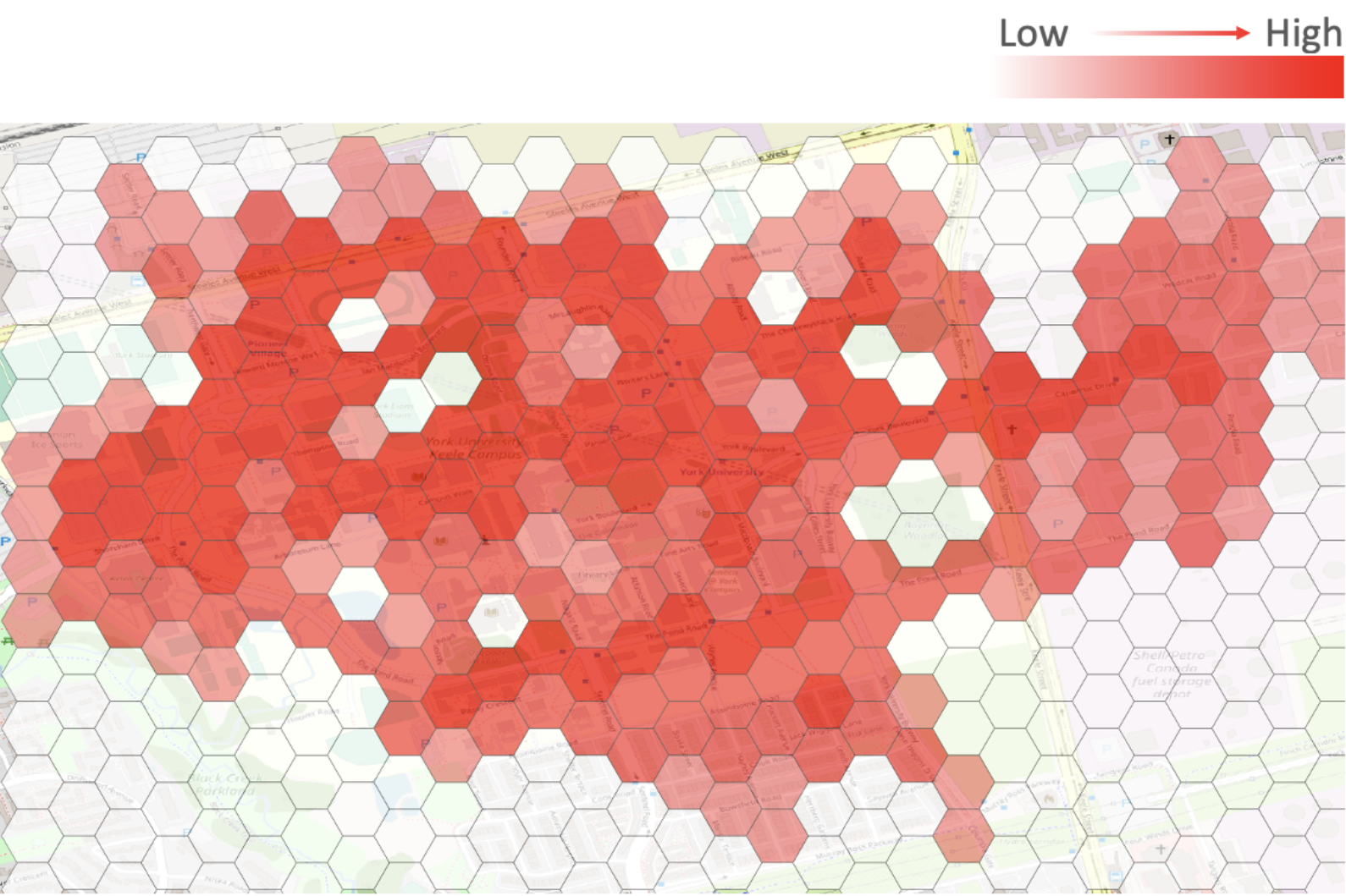
Mobility-based Models of Epidemic Spreading
- 2020 - present
- Data Mining, Graph Mining, Trajectory Mining, Machine Lerning, Algorithms
Conventional techniques of epidemic modeling are based on compartmental models, where population groups are transitioning from one compartment to another – for example, SIR (Susceptible, Infectious, Recovered). Then, they focus on learning macroscopic properties of disease spreading, such as the transition rates between compartments. Although these models are useful in studying epidemic dynamics, they lack the granularity needed for analyzing individual behaviors during an epidemic and understanding the relationship between individual decisions and the spread of the disease. In this research, we develop microscopic models of spatiotemporal epidemic dynamics informed by mobility patterns of individuals and their interactions. In contrast to macroscopic models, microscopic epidemic models focus on individuals and their properties, such as their activity level, mobility behaviors, and impact of mobility behavior changes. Our microscopic spatiotemporal epidemic model allows to: (i) assess the risk of infection of an individual based on mobility patterns; (ii) assess the risk of infection associated with specific geographic areas and points-of-interest (POIs); (iii) assess the risk of infection of a trip in an urban environment; (iv) provide trip recommendation for mitigating the risk of infection; and (v) assess targeted intervention strategies that aim to control the epidemic spreading. Our research provides evidence-based data-driven models to inform individuals about the infection risks associated with their mobility behavior during a pandemic, providing at the same time safer alternatives. It can also inform public policy about the effectiveness of targeted intervention strategies that aim to contain or mitigate the epidemic spread compared to horizontal measures.
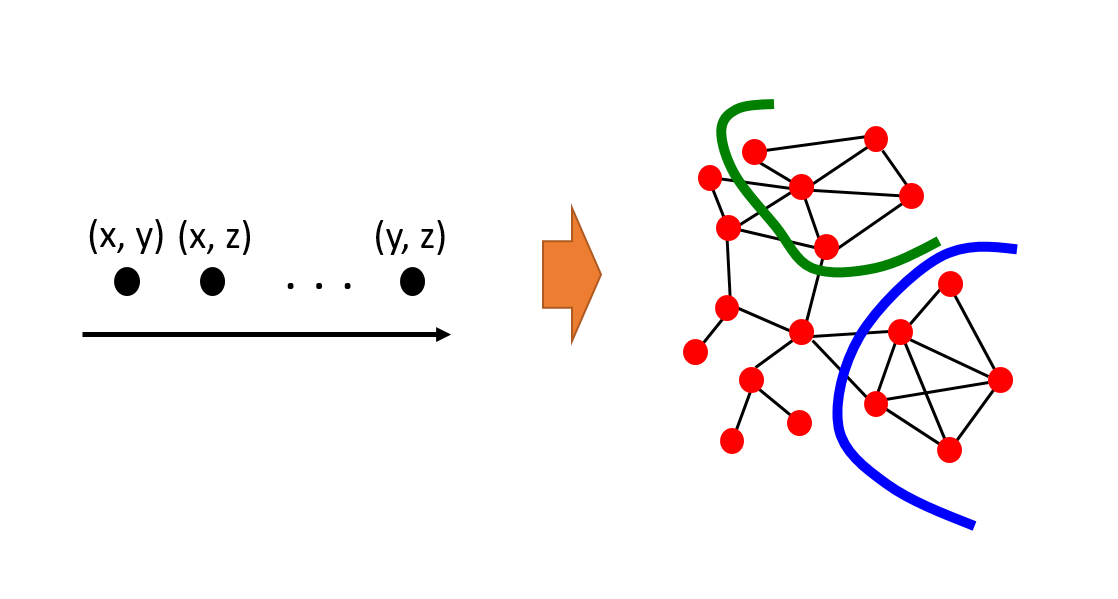
Streaming & Dynamic Graph Mining
- 2017 - present
- Graph Mining, Streaming Graphs, Machine Lerning, Algorithms
Large-scale graph mining and analysis is key to revealing the underlying dynamics of networks, not easily observable before. The conventional computational approach for performing graph/network analysis assumes there is a static network topology (and/or data) that is provided as input to a graph algorithm, which (always) terminates (i.e., produces an outcome or fails). Analyzing massive graphs via classical algorithms casts its own unique challenges (e.g, memory/time overhead), but the conventional approach is mostly insufficient for many modern data processing needs. Over the last years, there has been considerable interest in designing algorithms for processing graphs in the data stream model, where the input is defined by a stream of graph data (e.g., a stream of edges), and the graph algorithm, aware of these changes, must be able to accept the changes faster than a naive re-computation of an algorithm on static graphs. Algorithms in this model must operate under specific constraints: (i) the input stream must be processed in the order it arrives, and (ii) the processing can only use a limited amount of memory.
Past Research

PhD Focus
- 2005 - 2015
- Data Mining, Graph Mining, Knowledge Discovery, Algorithms
My PhD research focused on algorithmic and computational issues involved in the study of social networks and social processes. On the one hand was related to the design and development of tools and algorithms that aim to support social interactions on the web, and on the other hand was related to the understanding of principles and models of social interaction that are persistent in online social media. The nature of these problems require an interdisciplinary research approach with questions and ideas coming from both social and computing sciences. I am particulary interested in studying peculiarities of collective human behavior and try to build theories of online social systems (e.g., online social networks, the blogosphere, flickr) by examining their reflections in voluminous datasets (e.g., social interactions, blogging, tagging)-theories that could explain certain phenomena and social processes like behavior, influence, and diffusion.

Social Influence in Online Social Media
- 2009 - 2013
- Social Influence, Behavior, Diffusion, Geotagging
In the presence of social influence, an idea, behavior norm, or product diffuses through the social network like an epidemic. We performed a series of experimental and observational studies on rich data coming from a large social system in order to investigate causality, and in particular to draw a conclusion on the effect of changes of user behavior in determining how influential they are in their network. More specifically, we were interested in determining whether the geotagging behavior of users in Flickr has an effect in determining how influential they are in convincing their friends to adopt the geotagging innovation. Our studies explored the correlation between the intensity of a user activity and his social influence, as well as the credibility of a user and his social influence. We developed a method that detects social influence in a social system, we developed a method that assesses the credibility of users in Flickr by evaluating the precision with which they geotag photos and we studied the geotagging behavior of individuals that collectively leads to macroscopic properties of social influence and contagion. Results of this work were published at the 22nd ACM Hypertext Conference (ACM Hypertext 2011).

Analysis of Patterns of Communication in Social Media
- 2007 - 2010
- Information Cascades, Diffusion, Behavior
With an increasing number of people that read, write and comment on blogs, the blogosphere has established itself as a dynamic medium of communication. In my research I am investigating patterns of communication in social media, such as blogs. I am particularly interested in analysis of patterns and spreading of influence between bloggers, modeling and prediction of blog behavior, analysis of information pathways (paths through which information propagates in social media), analysis of trends and time series in social media.
More recently my research focuses on analysis of the cascading behavior in the blogosphere (i.e., the succession of linking behavior through which information propagates among blogs). Analyzing cascades can be useful in various applications, such as providing insight of public opinion on various topics or developing better cascade models. In particular, we study trends on the degree of engagement and reaction of bloggers in stories that become available in blogs. Our approach is to analyze cascades that are attributed to different population groups constrained by factors such as gender, age, and continent; how cascades differentiate by subject and how cascades triggered by real world events look like. Results of this work were published at the 3rd Int. AAAI Conf. on Weblogs and Social Media (ICWSM 2009).
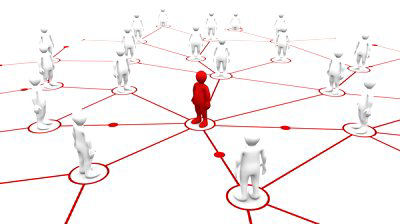
Social Search
- 2007 - 2013
- Information Networks, Query Processing, Personalization
The main idea of social search is to utilize social cues available in online social networks to improve search results, towards personalized search. Our research focused on improving the performance of information collection from a dynamic social network. In particular, we introduced sampling based algorithms to quickly approximate quantities of interest from the vicinity of a user's social graph. We then introduced and analyzed variants of this basic scheme exploring correlations across our samples. Models of centralized and distributed social networks were considered. The proposed algorithms are general and can probably be easily adopted in a variety of strategies aiming to efficiently collect information from a social graph. Results of this work were published at the CIKM/SSM 2008 (Search in Social Media Workshop) and the IEEE Trans. on Knowl. and Data Engin. (IEEE TKDE) journal.
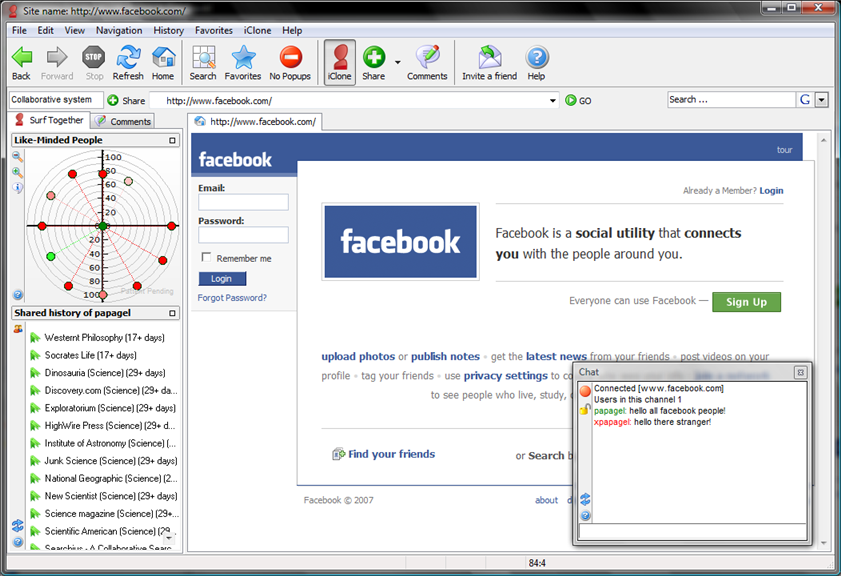
Online Social Navigation
- 2007 - 2008
- Social Navigation, Social Browsing, Collaborative Search
The primitive way to access all online information remains the web browser. But, web browsing or navigation is commonly assumed to be an autonomous and passive process where a user interacts with information but not with other people. Motivated by this fact we focused on ways to make web browsing more social. In our research, we considered a "social navigation" paradigm for browsing the web. Social navigation is the process where a number of people that share interests and searching goals decide to coordinate their efforts. With that in mind, we designed and developed a practical social navigation system that makes users aware of other users accessing similar information at similar time and encourages interpersonal real-time communication and collaboration. Results of this work were published at the ACM Hypertext 2008 Conference and the IEEE/WIC/ACM Web Intelligence 2008 conference.

City Science / Urban Informatics
- 2013 - 2018
- Online Collaboration, BIM, Green Buildings
Professionals and researchers of the AEC (Architectural, Engineering & Construction) industry, as well as, public policy makers are challenged by the increasing complexity and need to improve our understanding of the social, technical and business dimensions of green building projects. This typically requires close cooperation of the design team, the architects, the engineers, and the rest of the stake-holders at all project stages, but most importantly availability of new methods, tools and strategies that are enabled by emerging technologies. This research builds around an online platform (Green2.0), that tries to leverage advancements in Building Information Models (BIM), energy-efficiency simulation tools and online social network analysis methods to enable a data-driven approach to building design, planning, construction and maintenance. The platform advances the current state of the art by providing an online integrated environment for (a) efficient storage, indexing, querying, 3D visualization and exploration of BIMs, (b) sharing BIMs and enabling online collaboration among the various stakeholders (c) interactive energy efficiency analysis of buildings by automatically linking IFC to external energy simulation libraries, and (d) interactive analysis of patterns of social interactions and collaboration networks of AEC professionals. A number of papers have been published that describe technical contributions of the system.
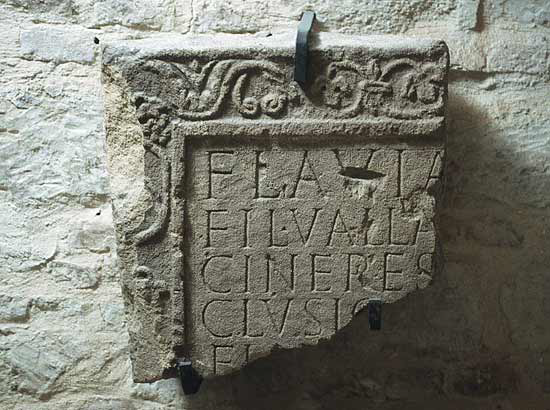
Information Integration
- 2003 - 2005
- Information Integration, Place Name Disambiguation
While at ICS-FORTH, I was first engaged in the Ubi Erat Lupa European funded research project. The objectives of the project were to interlink archaeological research on the Roman era systematically and transnationally and to exchange expert knowledge. From a computer scientist's viewpoint the project engaged many information integration challenges. I worked with Dr. Martin Doerr towards the automatic place name identification problem, a complex problem when integrating geospatial information. A short description of our work was referenced by the Alexandria Digital Gazetteer (ADL) site under the ADL Protocol users section. We described a method that permits to estimate the precision of place name matching, the completeness of a gazetteer and the semantic inconsistency that relies in a digital gazetteer. Preliminary results have been presented in the NKOS Workshop of the European Conference on Digital Libraries, in the form of an extended abstract. Results of this work were published at the IEEE Trans. on Knowl. and Data Engin. Journal (TKDE). In the scope of this project, I also had the opportunity to become familiar with technologies for semantic web information integration, querying and dissemination.
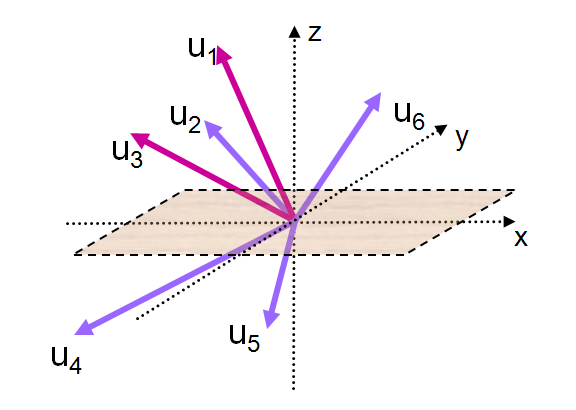
Recommendation Algorithms
- 2003 - 2005
- Collaborative Filtering, Trust, Personalization
Study of recommendation algorithms has been a long-term agenda item that has led to a number of publications and to the development of a recommendation system, which served both as a research platform and as a free online service. First, we studied the way in which these algorithms can be employed in order to discover dynamic, virtual, online communities and we developed a movie recommendation system. Part of this work was published in terms of a short paper in the CAiSE Conference. Since then, initial achievements and ideas were extended and led to some other interesting work. We spent the next period developing and evaluating the quality of collaborative filtering recommendation algorithms that are based on item similarities, instead of user similarities. The results of this work were published in the CIA Workshop. This contribution was also invited for publication in a special issue of the Elsevier Engineering Applications of Artificial Intelligence Journal.
Next, we focused attention to the scalability problem of recommendation algorithms. We argued for a methodology of incremental computation of user similarities that could improve the performance of recommendation algorithms without reducing their quality. The methodology led to an algorithm named Incremental Collaborative Filtering. Results of this work were published at the International Symposium on Methodologies for Intelligent Systems (ISMIS).
Further, we investigated trust implications in web based social networks. We were particularly interested in modeling trust, developing a computational model for trust, and investigating the way in which trust fits architectonically into large scale information discovery systems that function within highly-distributed environments. We argued that trust propagation techniques could be efficiently employed so as to alleviate the sparsity problem of recommendation systems. Results of this work were published at the International Conference on Trust Management (iTrust).
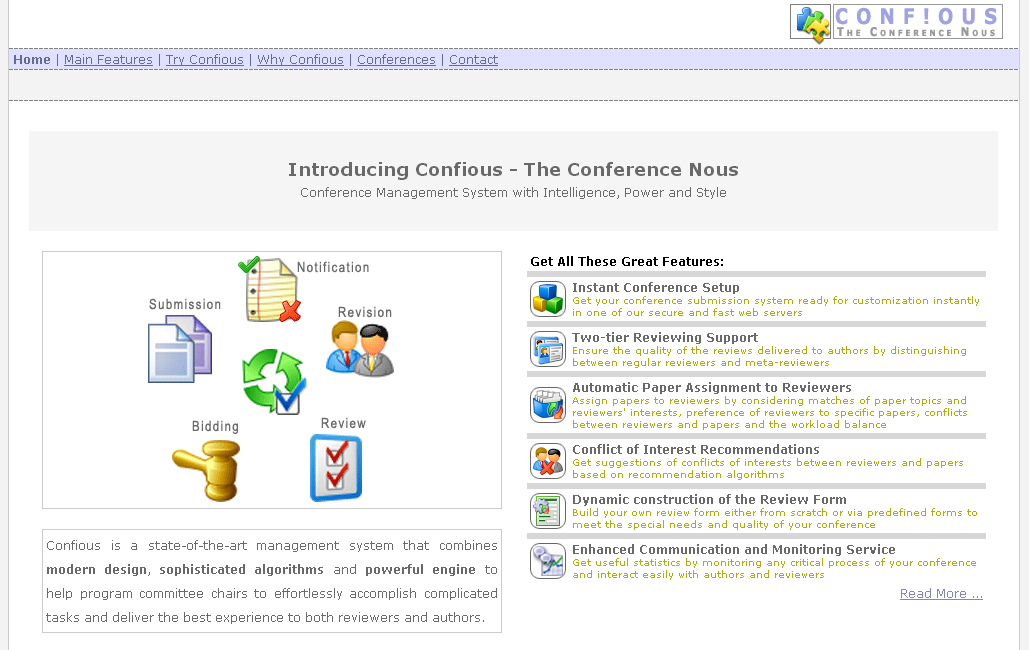
Computer-supported Collaborative Work
- 2003 - 2018
- Online Collaboration, Scientific Workflows
Besides my interest in deploying quality research, I am very fascinated in building large-scale information systems. Among others, such as the Movie Recommendation System dedicated to research purposes and an Online Questionnaire System, I would like to especially refer to CONFIOUS. CONFIOUS is a state-of-the-art conference management system that combines modern design, sophisticated algorithms and powerful engine so as to efficiently and professionally support the whole submission and reviewing process of an academic/research conference or workshop. An industrial paper describing CONFIOUS was published at the WISE Conference, while it was also mentioned in the ERCIM News.
